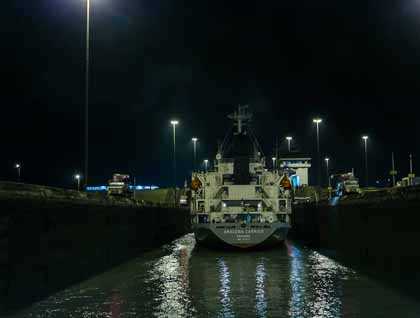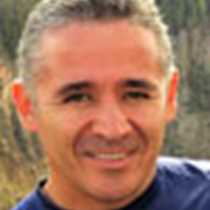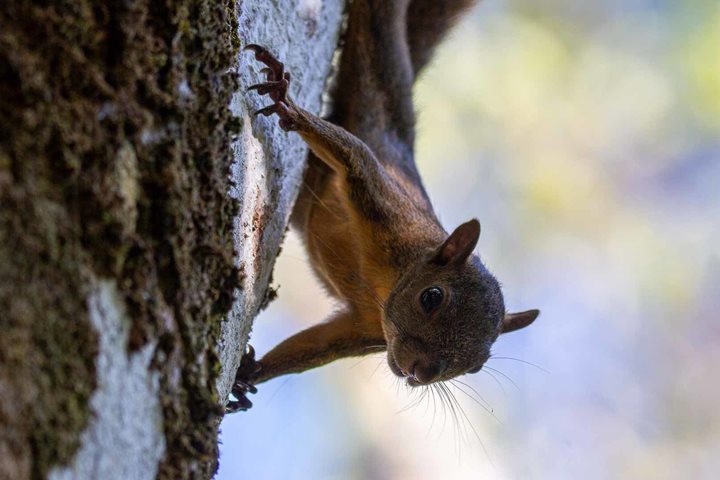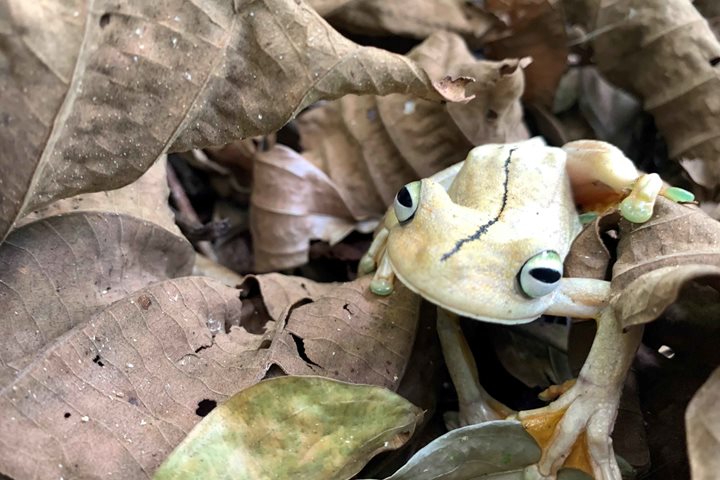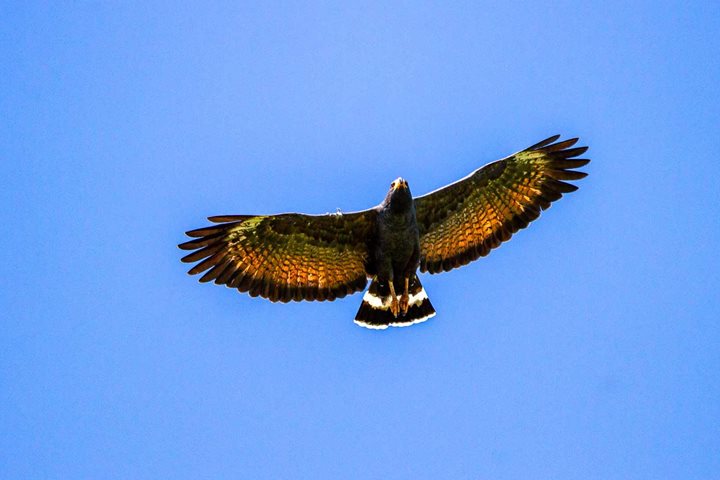After our longest cruising day on board National Geographic Sea Lion, we sailed towards the east, around Península de Azuero to reach the Gulf of Panama by the late morning. Despite the winds that accompanied our vessel, pantropical spotted dolphins, manta rays and a quick sighting of Bryde’s whale escorted us along the way. Brown and blue-footed boobies, as well as magnificent frigatebirds followed our vessel, specially as we came across Boná and Otoque islands, where due to the strong trade winds that blow the surface waters, an upwelling phenomenon brings currents full of nutrients and attracts large colonies of sea birds.
At the end of the morning, we enjoyed a great introduction to Panama’s history through a presentation by our naturalist Cristian.
As we approached Panama City, we enjoyed stretching exercises and lunch on board before we stopped at Taboga Island, known as the “Island of Flowers.” Our guests had the opportunity to explore the colorful village, founded in the 1500’s by the Conquistadors. It was an important site used by Francisco Pizarro for its journeys to conquest the Inca Empire. Its church, built in the 1550’s, was opened for our visit. We appreciated the beauty of its altar, a colonial piece of art, and later climbed its bell tower and enjoyed its view to the town and the ocean.
After our land activity, we returned to the National Geographic Sea Lion and dropped anchor in front of Panama City, interacted and tasted a delicious ceviche and drinks viewing the sky risers until our pilot arrived.
We started our transit through an always impressive marvel of engineering in history, the Panama Canal. This masterpiece that impacted the economy of the world and connected the continents continues to allow the interchange of goods from all over the planet through a site that most likely gets the traffic of more nationalities than any place on Earth. And we are part of this united world through Lindblad Expeditions-National Geographic Society.

